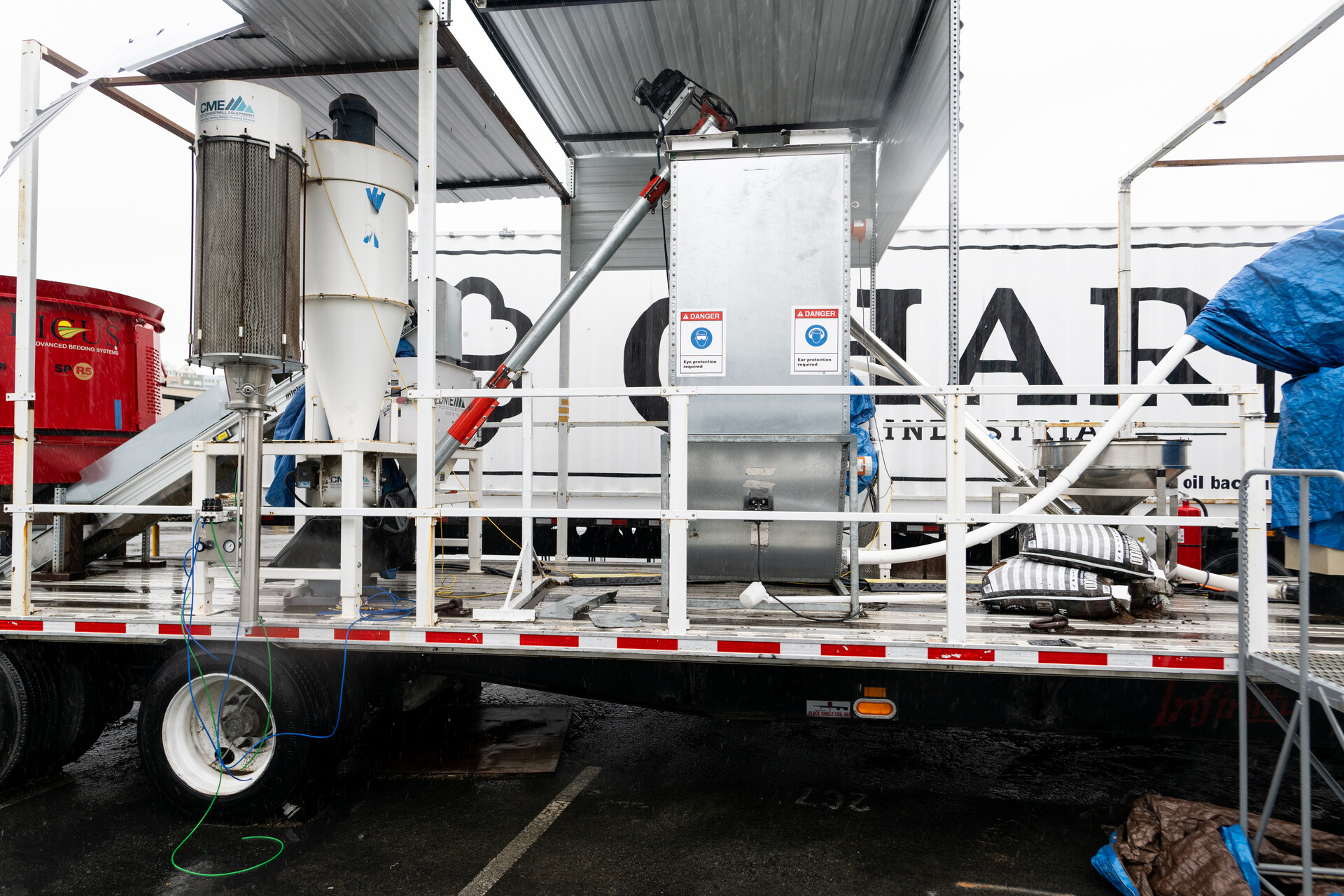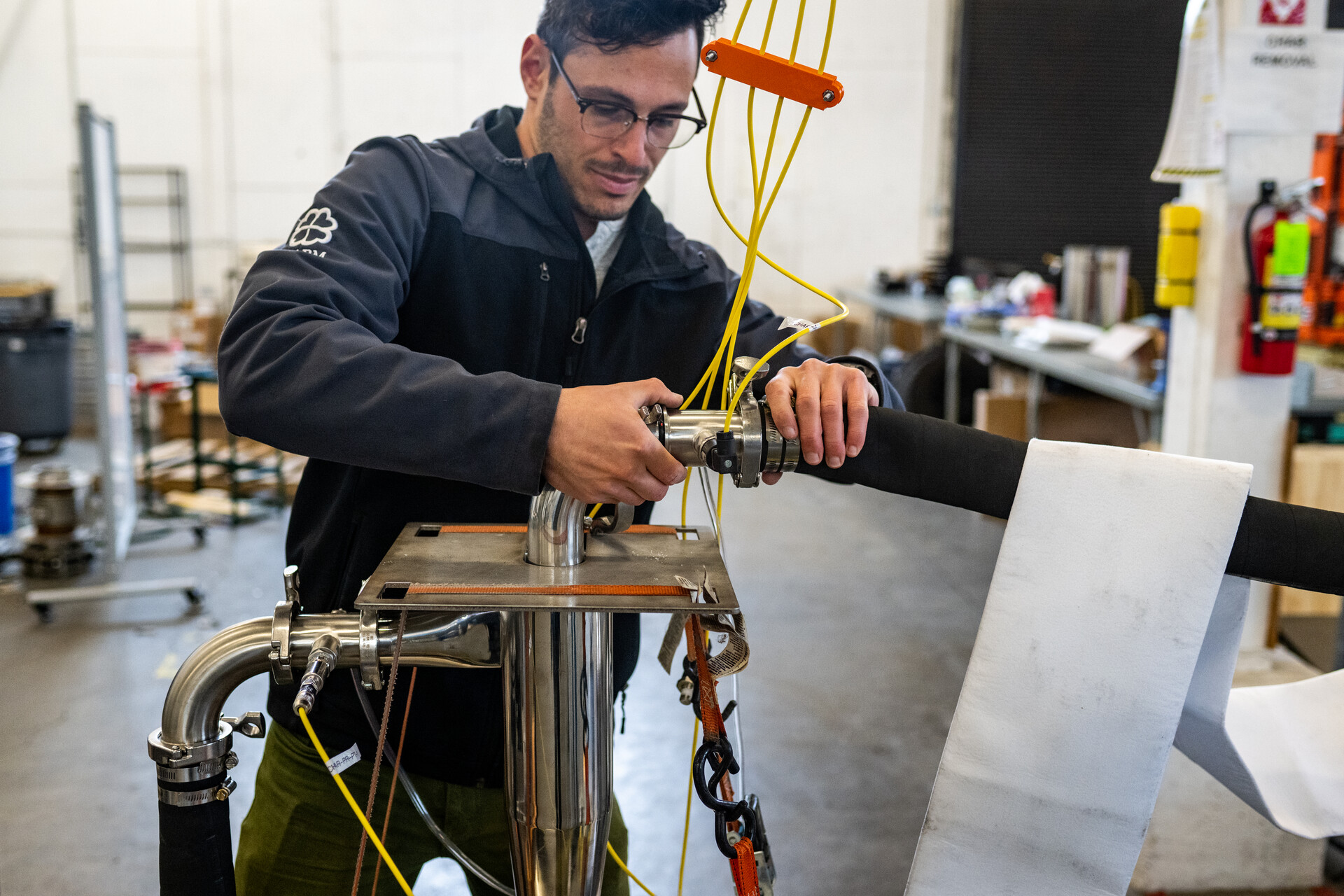A recent international climate report went as far as to call carbon removal an “unavoidable” strategy if countries are to meet their emissions-reduction goals.
“Carbon removal refers to things you can do, whether it involves nature-based systems or technologies and engineered systems to literally pull CO2 out of the atmosphere,” said Danny Cullenward, a research fellow with the Institute for Carbon Removal Law and Policy at American University.
Cullenward notes that the world’s forests and oceans are actively pulling carbon dioxide out of the atmosphere through a natural carbon cycle, independent of human involvement.
“The problem is, if we don’t intervene in these systems, they won’t suck up enough because we’ve put such an unfathomably large quantity of pollution in the atmosphere in the first place,” he said.
But not all interventions are created equal. Lots of carbon offsets, often including those offered as add-ons during plane ticket bookings, go toward established projects that are already underway. Directing more money toward them doesn’t always translate directly into more carbon removal.
Alternatively, with projects like Charm’s, the more money invested, the more carbon removed, a business model that Cullenward argues is ultimately more effective.
He also notes it’s important to consider the amount of time the carbon will stay sequestered, and out of the atmosphere.
“When we burn fossil fuels, about three-quarters, 80%, of the CO2 we burn stays in the atmosphere for something on the order of 200 to thousands of years,” Cullenward said. “The remainder stays put through geologic time. It’s essentially permanent.”
 Charm Industrial’s pyrolyzer, which turns agricultural waste into the carbon-concentrated bio-oil product. (Beth LaBerge/KQED)
Charm Industrial’s pyrolyzer, which turns agricultural waste into the carbon-concentrated bio-oil product. (Beth LaBerge/KQED)
Cullenward says some carbon-removal strategies will sequester carbon in a forest for a period of decades, which can be good, and is better than nothing. But other carbon-removal strategies, like those storing carbon deep underground in wells and geological formations, have the potential to contain it there for thousands of years.
That’s one of the reasons he thinks Charm’s approach is a good one.
“The injection wells are pretty close to a forever solution from the standpoint of the time duration of carbon storage,” he said.
Fear of ‘unintended consequences’
Katie Valenzuela, senior policy advocate with the Central Valley Air Quality Coalition, and a Sacramento City Council member, describes herself as a “front-line kid who grew up in Kern County,” where most of California’s oil is drilled.
Because of its unique geology, the Central Valley has also been identified as a “highly suitable” place to store carbon (PDF).
“Every time we have this great new idea that we want to test out, it lands in the Central Valley somehow, and ends up having unintended consequences that weren’t foreseen, that then we have to deal with,” Valenzuela said. “The safety and health impacts of how you transport this stuff, where it is stored, how it is used, carry real consequences for our communities and are going to be targeting the types of communities that have already borne the brunt of things like oil extraction for decades.”
 Andrew Radbel, a mechanical engineer at Charm Industrial, repairs a cyclone test skid, a machine that tests particulate filtration before material is put in the carbon-removing pyrolyzer. (Beth LaBerge/KQED)
Andrew Radbel, a mechanical engineer at Charm Industrial, repairs a cyclone test skid, a machine that tests particulate filtration before material is put in the carbon-removing pyrolyzer. (Beth LaBerge/KQED)
Valenzuela is fine with carbon removal in theory, but worries it will allow oil and gas companies to hide behind new technologies and continue drilling and polluting her home. She notes the process is important, but it doesn’t ameliorate the existing pollution from heavy industry that directly impacts the health of her community.
“I wish that we could take care of the communities who need it the most first, and then explore the other thing that we know we need to do,” Valenzuela said.
‘We need to get to work’
Sarah Baker, a chemist at the Lawrence Livermore National Laboratory, was a lead author of a 2020 report laying out California’s potential path for getting to zero emissions by 2045.
She still thinks that goal is within reach.
“It’s building a lot of equipment and infrastructure and moving biomass and moving CO2, but we can do it with technologies that exist today,” Baker told state lawmakers during a presentation earlier this year. “This is not magic, we don’t need multiple miracles. We need to get to work.”
Charm co-founder Shaun Kinetic feels similarly.
“It effectively needs to be a wartime effort,” he said. “The oil and gas infrastructure that currently exists out to the horizon needs to be replaced with carbon removal.”


















